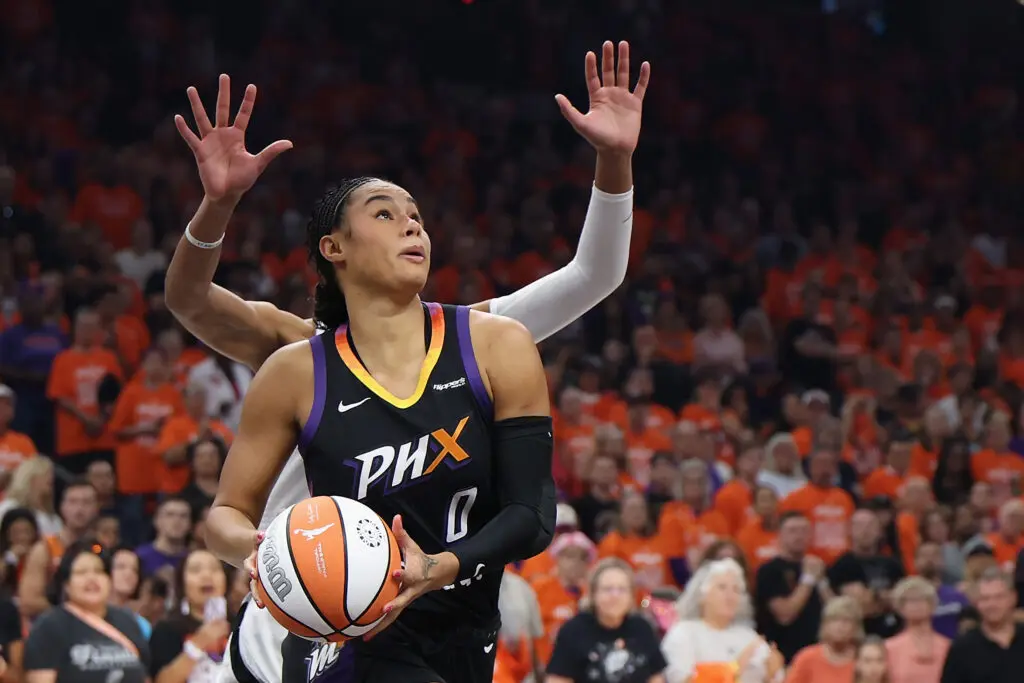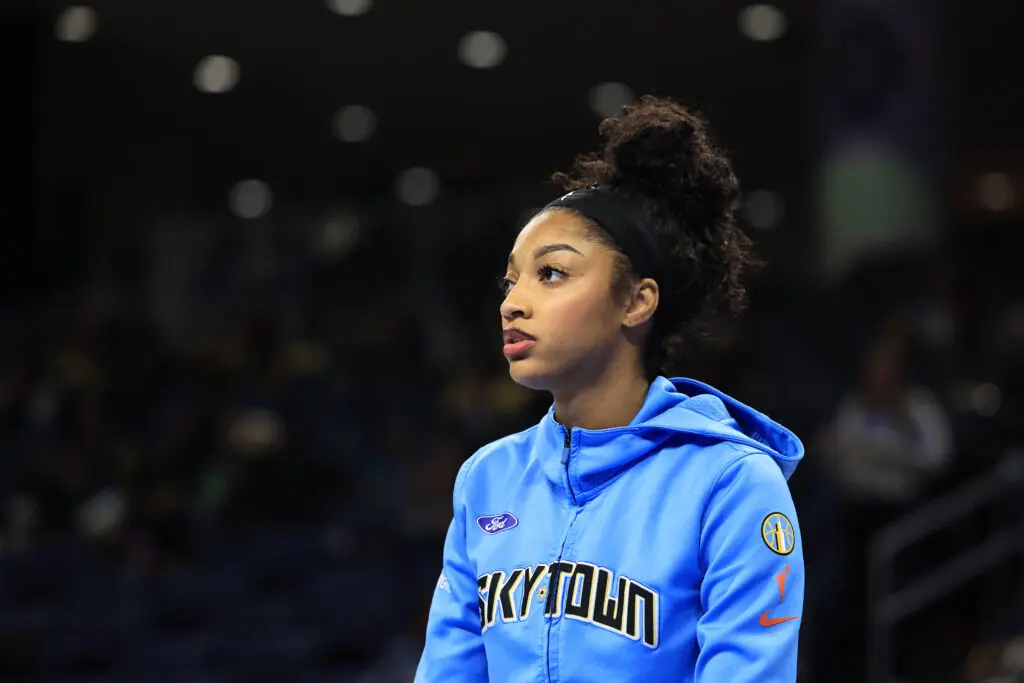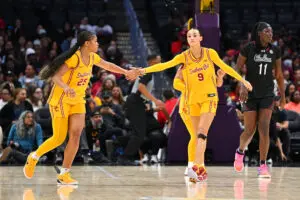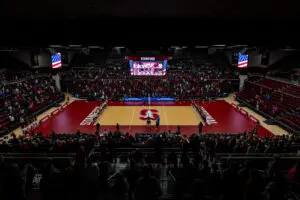The National Women’s Soccer League is continuing to invest in itself, announcing Wednesday that the league will implement VAR technology for the 2023 season and will increase its investment in the development of league officials.
“Based on the data and everything that I’ve learned over the last two and a half months, it’s clear that instituting and implementing VAR is probably the single most important thing that we could do to improve the consistency and the quality of the officiating,” NWSL commissioner Jessica Berman said during a Thursday call.
“We have the support from our Board [of Governors] to do whatever is necessary to make that happen.”
Issues with refereeing have continued to plague the NWSL this season, with Washington Spirit coach Kris Ward one of the team leaders who has called out the officiating.
The Professional Referee Organization provides the NWSL with officials, and most, if not all, of the 88 referees who work with the NWSL through PRO also work other jobs.
NWSL and USL referees also work without a collective bargaining agreement, something that could soon be rectified. The Professional Soccer Referees Association announced Wednesday that PRO had withdrawn its appeal of PSRA’s unionization, which had prevented the negotiation of a CBA.
“This will raise the professionalism and quality of officials to the standards the players, teams and fans desire,” PSRA said in a news release.
Good news!
— PSRA Officials (@PSRAofficials) July 13, 2022
The Unionization of PRO2 Officials is complete. @PROreferees has withdrawn their NLRB appeal & Officials in #NWSL & #USL can begin negotiating a CBA. This will raise the professionalism & quality of Officials to the standards the players, teams, & fans desire.#1U pic.twitter.com/IqIBlOTDnb
The increased investment in officiating will address “what we know has been a historical challenge” for the league, Berman said Thursday.
“Really, it’s not only VAR for next season,” Berman said. “We are taking a much more proactive approach in partnering with PRO so that our players, our coaches, our chief soccer officers start to increase their confidence with how this is being implemented and also have an opportunity to have feedback on ways that we can improve.
“Similar to my leadership approach, we are going to be implementing a microcosm of that strategy so that we proactively open those lines of communication and help to increase capacity with the officials and help internally to build confidence in the process that we’re going through.”
The introduction of VAR will help, Berman said, as plays and calls will be reviewed.
“As we look ahead to next season, particularly with the introduction of VAR, one of the things that we’re looking at is to add cameras,” said Berman, adding that the league doesn’t yet know what that will look like or how many cameras will be added.
Still, the addition of VAR in international competitions hasn’t been a panacea.
The USWNT’s Concacaf W Championship opener last Monday provided a more in-depth look at what it might look like to implement the technology on a larger scale, with three different situations on the field requiring the technology — not without controversy.
At the Women’s Euros, Sweden has reached out to UEFA regarding a controversial VAR decision that took away a goal in the team’s 2-1 win Wednesday over Switzerland. A call was ruled offside, but a further look showed that the offside line was drawn incorrectly on the VAR.
“So we have a VAR room [where] the ref is being supported, but the same room clearly doesn’t know the rules,” Sweden goalkeeper Zecira Musovic wrote on Twitter. “A complete joke for the game.”
The NWSL could learn from the implementation of VAR in these competitions in the lead-up to the technology’s domestic debut in 2023.









